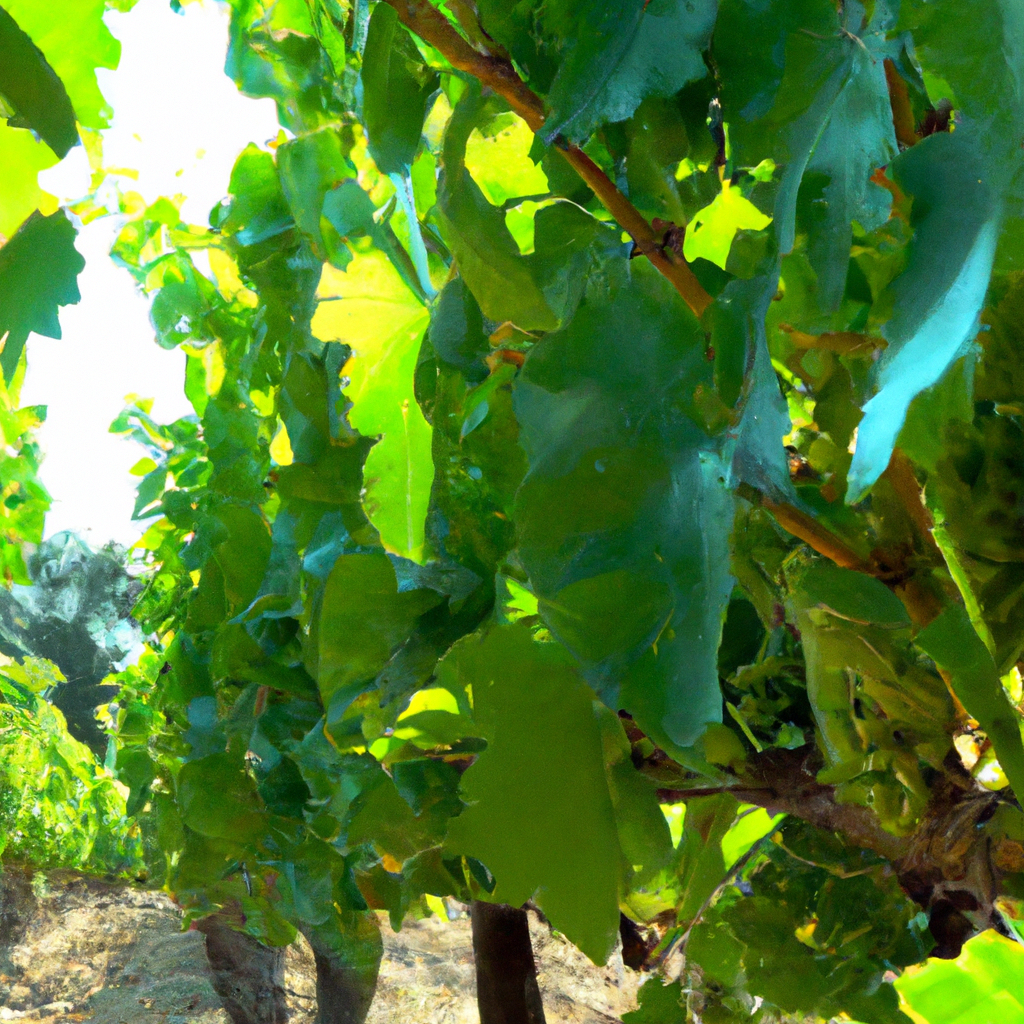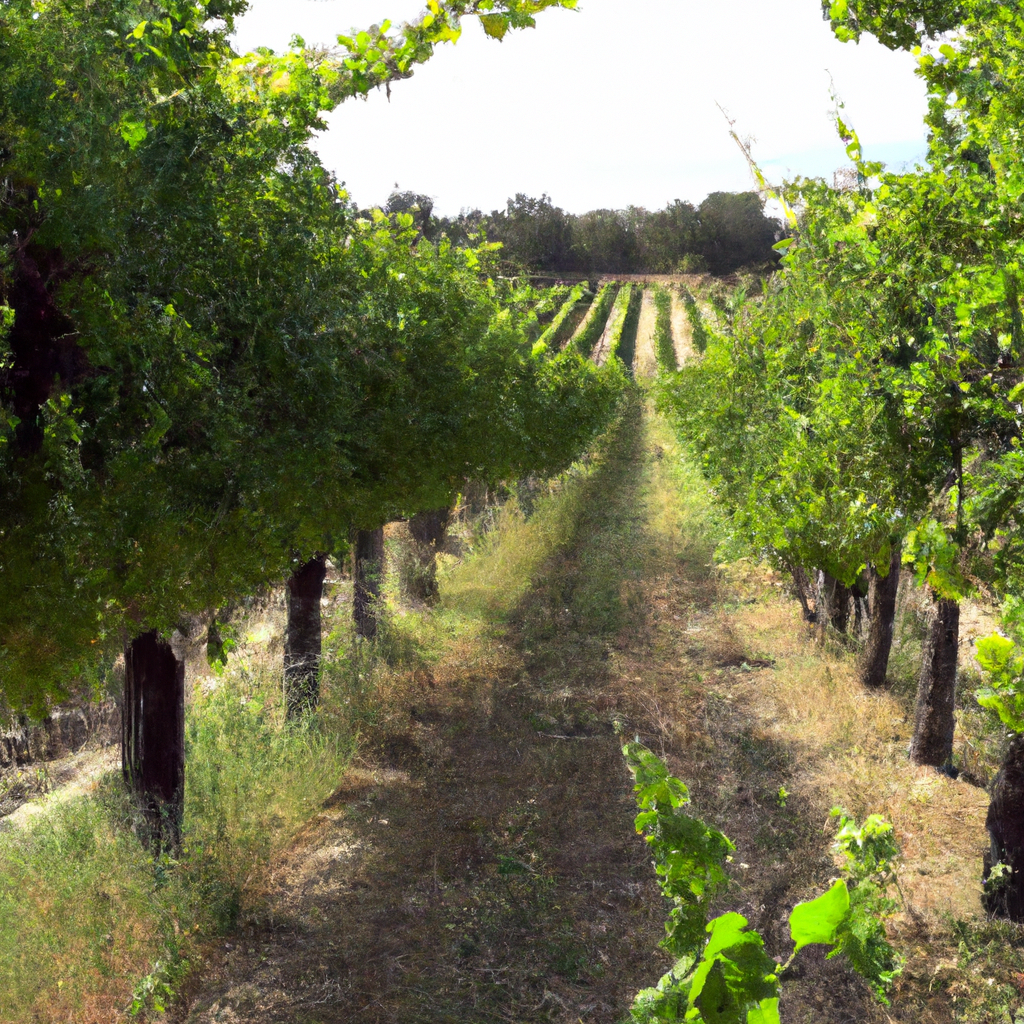
-
Article Summary
- Is Diversifying Grape Varieties Essential for California’s Wine Industry Amid Climate Change?
- Key Takeaways
- Introduction: The Impact of Climate Change on California’s Wine Industry
- The Challenges of Climate Change
- The Potential of Grape Variety Diversification
- Case Studies: Vineyards Embracing Diversification
- The Challenges and Uncertainties of Diversification
- FAQ Section
- 1. How is climate change affecting California’s wine industry?
- 2. How can diversifying grape varieties help the wine industry adapt to climate change?
- 3. Are there any vineyards in California that are already diversifying grape varieties?
- 4. What are the challenges of diversifying grape varieties?
- 5. Is diversification the only solution to the challenges posed by climate change?
- Conclusion: The Future of California’s Wine Industry in a Changing Climate
- Revisiting the Key Takeaways
Is Diversifying Grape Varieties Essential for California’s Wine Industry Amid Climate Change?

[youtubomatic_search]
Key Takeaways
- Climate change is posing significant challenges to California’s wine industry.
- Diversifying grape varieties could be a potential solution to these challenges.
- Some vineyards are already experimenting with different grape varieties.
- However, diversification comes with its own set of challenges and uncertainties.
- Research and collaboration among winemakers, scientists, and policymakers are crucial for the industry’s adaptation to climate change.
Introduction: The Impact of Climate Change on California’s Wine Industry
California’s wine industry, renowned for its premium wines and contributing nearly $57.6 billion to the state’s economy, is facing an existential threat: climate change. Rising temperatures, unpredictable weather patterns, and increased frequency of wildfires are posing significant challenges to the industry’s sustainability and profitability. This article explores whether diversifying grape varieties could be a potential solution to these challenges.
The Challenges of Climate Change
Climate change is altering the conditions that have historically made California ideal for viticulture. According to a study published in the Proceedings of the National Academy of Sciences, the area suitable for viticulture in major wine-producing regions could shrink by 50% by 2040 due to climate change. Rising temperatures can lead to earlier ripening of grapes, potentially affecting the quality and character of wines. Unpredictable weather patterns and increased frequency of wildfires also pose risks to vineyards and wine production.
The Potential of Grape Variety Diversification
One potential solution to these challenges is diversifying grape varieties. There are over 1,000 grape varieties used for wine production worldwide, but only a few, such as Cabernet Sauvignon and Chardonnay, dominate California’s wine industry. These popular varieties may not be the most resilient to changing climate conditions. Diversifying grape varieties could allow winemakers to select varieties that are more tolerant to heat, drought, and diseases, thereby potentially mitigating the impacts of climate change.
Case Studies: Vineyards Embracing Diversification
Some vineyards in California are already experimenting with different grape varieties. For instance, Tablas Creek Vineyard in Paso Robles has been planting lesser-known Rhône varieties, which are more heat-tolerant than many traditional varieties. Similarly, Ridge Vineyards has been exploring Zinfandel, a variety known for its resilience to heat and drought. These vineyards’ experiences suggest that diversification can be a viable strategy for adaptation to climate change.
The Challenges and Uncertainties of Diversification
However, diversification comes with its own set of challenges and uncertainties. Introducing new grape varieties requires significant investment and time, and there is no guarantee of success. Consumer acceptance is another major hurdle, as consumers may be less familiar with wines made from lesser-known varieties. Furthermore, the impacts of climate change are complex and unpredictable, and diversification may not be a silver bullet solution.
FAQ Section
1. How is climate change affecting California’s wine industry?
Climate change is leading to rising temperatures, unpredictable weather patterns, and increased frequency of wildfires, which pose significant challenges to vineyards and wine production.
2. How can diversifying grape varieties help the wine industry adapt to climate change?
Diversifying grape varieties could allow winemakers to select varieties that are more tolerant to heat, drought, and diseases, potentially mitigating the impacts of climate change.
3. Are there any vineyards in California that are already diversifying grape varieties?
Yes, some vineyards, such as Tablas Creek Vineyard and Ridge Vineyards, are experimenting with different, more climate-resilient grape varieties.
4. What are the challenges of diversifying grape varieties?
Introducing new grape varieties requires significant investment and time, and there is no guarantee of success. Consumer acceptance is another major hurdle.
5. Is diversification the only solution to the challenges posed by climate change?
No, diversification is one potential solution, but the impacts of climate change are complex and unpredictable. Research and collaboration among winemakers, scientists, and policymakers are crucial for the industry’s adaptation to climate change.
Conclusion: The Future of California’s Wine Industry in a Changing Climate
Climate change is posing significant challenges to California’s wine industry, and diversifying grape varieties could be a potential solution. However, diversification comes with its own set of challenges and uncertainties. The future of the industry will likely depend on the collective efforts of winemakers, scientists, and policymakers to understand and adapt to the impacts of climate change. As the industry navigates this uncertain future, the resilience and innovation of California’s winemakers will be put to the test.
Revisiting the Key Takeaways
- Climate change is posing significant challenges to California’s wine industry.
- Diversifying grape varieties could be a potential solution to these challenges.
- Some vineyards are already experimenting with different grape varieties.
- However, diversification comes with its own set of challenges and uncertainties.
- Research and collaboration among winemakers, scientists, and policymakers are crucial for the industry’s adaptation to climate change.
[youtubomatic_search]






